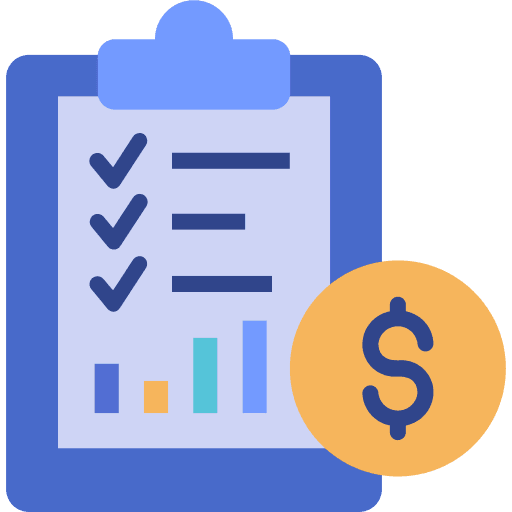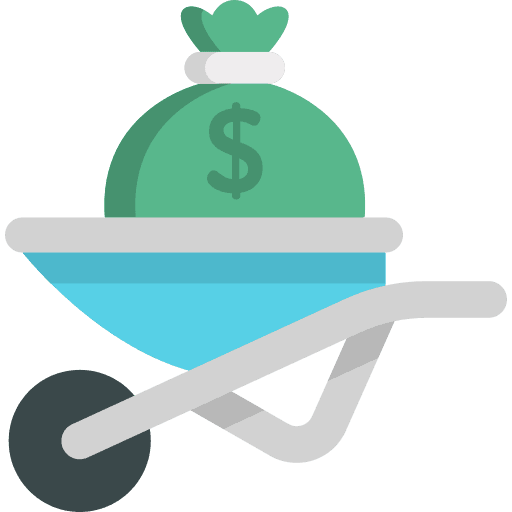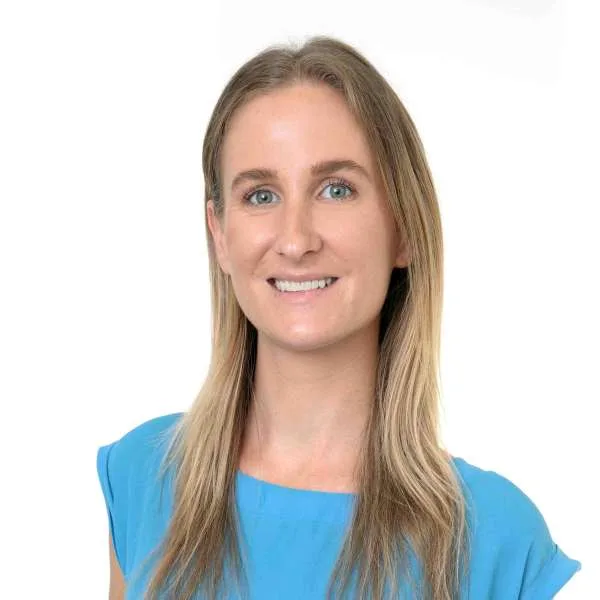Finder survey: On a scale of 1 to 5, how do Australians of different ages rate their budgeting habits?
Response | |
|---|---|
| 4 | 36.25% |
| 3 | 33.96% |
| 5 | 16.93% |
| 2 | 9.46% |
| 1 | 3.39% |
 What to include in a budget
What to include in a budget
To make it as useful and accurate as possible, you need to include everything you spend money on in your budget. You might think it's not worth adding the odd coffee or magazine purchase as they're so small in value, but these little miscellaneous expenses can add up to quite a lot over a month.
You also need to add any purchases you make with cash. It can be hard to keep track of these as they're not listed in your bank account statement. If it's easier, you could look at how much cash you've withdrawn over the course of a month and, assuming you don't have any of it left in your wallet, add this amount as an "other" expense just to make sure it's captured.
 What if I'm spending too much?
What if I'm spending too much?
When you finish entering in all your spending, you can see your total income versus expenses in the summary tab. If you're spending more than you're bringing in, you'll see a surplus figure that's negative. Even if it's not negative, if you don't have much leftover as a surplus it means you probably have room to save more.
Look for ways to save money and reduce your spending. A good place to start is your non-essential expenses – these are things you want but don't necessarily need. For example, can you cut back on ordering takeaway meals or dining out at restaurants? Are you spending more money on new clothes and household items than you thought you were?
Then, look at your bills and other household expenses. Can you save by switching to a cheaper energy provider, changing your mobile phone plan or cutting back on multiple streaming services?
 What do I do if I have money left over?
What do I do if I have money left over?
If you've got money left over, that's great! The goal of a budget is to ensure you're not spending more than you're bringing in, and also managing to save each month. What you do with the leftover money will depend on your financial goals.
Here are a few things you can do with your surplus cash:
- Pay down any high-interest debt you have, such as a personal loan or credit card bill.
- Add it to a high interest savings account to earn interest and grow your savings.
- Invest it into the share market, for example via an exchange traded fund.
- Add it to your offset account to reduce the interest repayments on your home loan.
